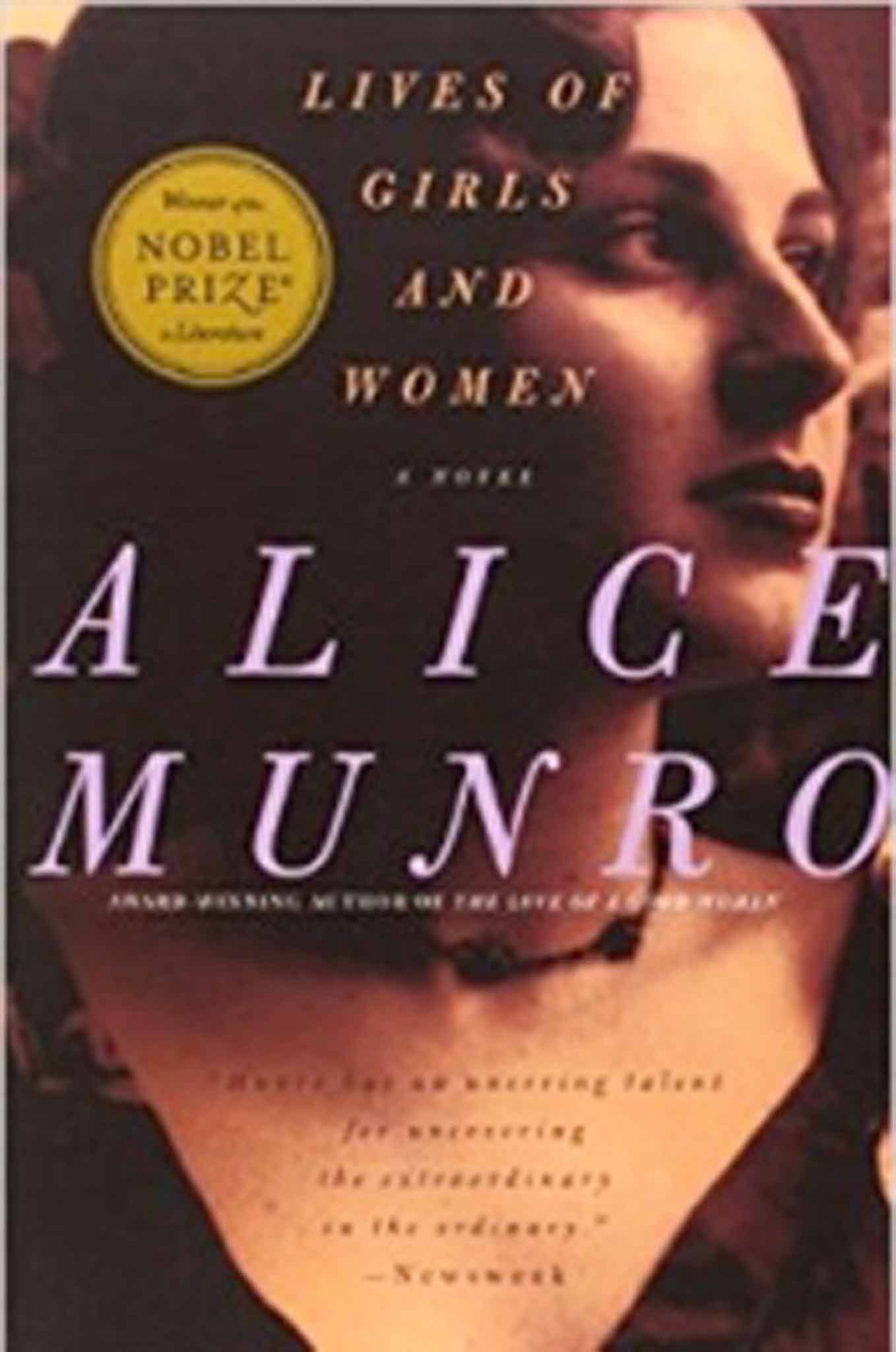Lives of Girls and Women by Alice Munro - book review: Tales of a fractured coming of age in Jubilee, Ontario
It's more a composite novel or story cycle than a unified novel, but individual sections lack the taut obliquity of Munro's adeptly plotted short stories.

Aunt Moira's voice, "telling things at leisure, would spread out over the day, over the yard, like black oil". Alice Munro's novel was first published in 1971: thereafter she never repeated the experiment of "telling things at leisure" in the expansive form of long fiction. The story of Del Jordan, growing up in the familiar Ontario of Alice Munro's childhood, is a Bildungsroman, a fictional memoir and portrait of the artist as a young woman, "highly strung, erratic, badly brought up... a borderline case". From the first, Del wants out. In Jubilee in the 1940s, female lives are burdened and narrow.
The novel is episodic and loquacious, especially the account of adolescence in the second half. It's more a composite novel or story cycle than a unified novel – but individual sections lack the taut obliquity of Munro's adeptly plotted short stories.
The quality of the writing, of course, is often superb. Its dense weave of colour and texture offers manifold witty surprises and the poetry of place that is the hallmark of Munro's stories. The opening page reveals the first of a series of bizarre, poignant characterisations: "We spent days along the Wawanash River, helping Uncle Benny fish." The deliquescence of the swampy area to which Uncle Benny has adapted takes us into the territory of piscatory eclogue, where suffering, subsistence and beauty mingle. Del stumbles upon a dead cow on the river bank: its eye has a "sheen like silk and a reddish gleam... [an] orange stuffed in a black silk stocking".
The estranged, viscerally curious girl, patrolling "like an exile or spy", is balefully aware of the kind of woman she doesn't aspire to be. Marriage: no. Children: no. Spinsterhood: better, but no. It's the genius of Munro to capture the fugitive sensibility of childhood, its wordless epiphanies. Del intuits "something in the room like the downflash of a wing or knife". We sense that rage might lead her into the feral violence of the teenage Madeleine, whom Uncle Benny rashly marries overnight. "Stories of Madeleine were being passed up and down... she had thrown the kettle out of the window because there was no water in it. She had taken the scissors and cut up his green suit."
Madeleine is the kind of minor character, anomalous and inarticulate, who might have been a central mover in a Munro short story. Here, where minor characterisations tend towards the quasi-allegorical, she simply vanishes. Ultimately, Del will also decamp, carrying the paradox of a voracious nostalgic allegiance, and will become the compulsive chronicler of her abandoned home.
Subscribe to Independent Premium to bookmark this article
Want to bookmark your favourite articles and stories to read or reference later? Start your Independent Premium subscription today.

Join our commenting forum
Join thought-provoking conversations, follow other Independent readers and see their replies